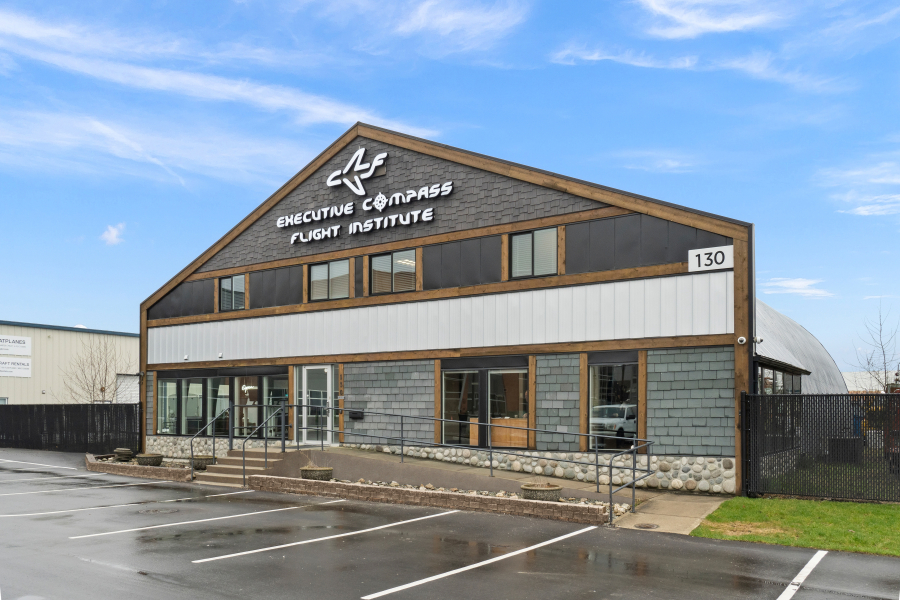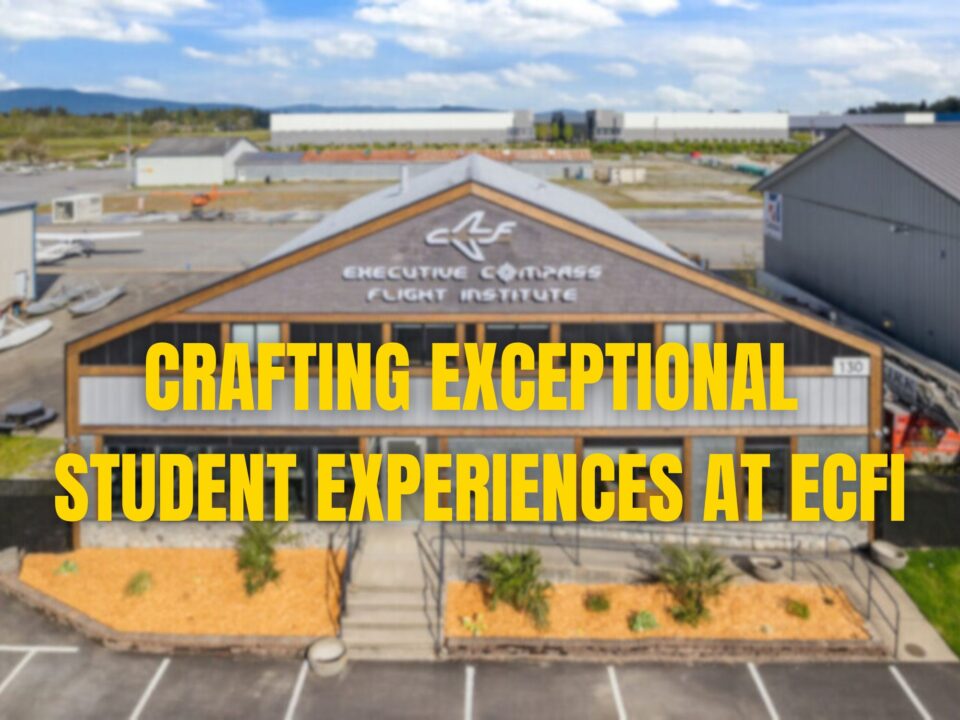Private Pilot Licence
Ever dream of getting a private pilot licence?
The private pilot licence allows a pilot to fly alone or with multiple passengers throughout Canada and the United States.
A Private Pilot Licence holder can earn other endorsements on their licences such as the night rating, instrument rating, and multi-engine rating. You can start this program at any time and become a private pilot in as little as 3 - 5 months depending on student availability and other factors.
The Private Pilot License is also the first step toward obtaining a commercial pilot license and becoming an airline pilot.
Private Pilot Requirements
Candidates must be 17 years of age for the issuance of a Private Pilot Licence
A Category 1 or 3 medical certificate
Private Pilot Program Requirements
Minimum 45 hours of flight required by Transport Canada
Dual Training: 17 hours (minimum)
Solo Training: 12 hours (minimum)
Ground School – 60 hours
Minimum 60% on Transport Canada written exam (PPAER)
Successfully pass the Transport Canada flight test
Benefits of Obtaining a Private Pilot Licence
Obtaining a Private Pilot Licence (PPL) in Canada opens up a world of opportunities and freedoms. One of the most significant benefits is the ability to travel independently and explore new destinations without the constraints of commercial flight schedules. Whether you're planning a weekend getaway or visiting family and friends in distant places, a PPL allows you to fly on your own terms.
Additionally, a PPL offers a unique perspective on the world, with breathtaking aerial views that few get to experience. The sense of accomplishment and personal achievement that comes from learning to fly and mastering the skills necessary for safe flight is unparalleled. Moreover, for those passionate about aviation, a PPL can be a stepping stone to further certifications and a potential career in the aviation industry.
Beyond the practical advantages, flying can also be a highly rewarding hobby. It offers a sense of adventure and freedom that is hard to match, providing an escape from the routine and a way to see the world from a new vantage point. In Canada, the vast and diverse landscape makes flying even more thrilling, with the ability to explore remote and scenic areas.
Training Process for Private Pilot Licence
The journey to obtaining a Private Pilot Licence in Canada involves several key steps, including ground school. Here, students learn the theoretical aspects of flying, including aerodynamics, flight systems, weather, navigation, and Canadian aviation regulations. This foundational knowledge is crucial for understanding the principles of flight and ensuring safe operations.
Following ground school, flight training begins. This includes dual instruction with a Transport Canada licenced and rated flight instructor, where students learn basic flight maneuvers, takeoffs, landings, and emergency procedures. As proficiency grows, students progress to more advanced maneuvers and cross-country flights.
An essential milestone in the training process is the first solo flight. This is a significant achievement where the student flies the aircraft alone, demonstrating their ability to handle the aircraft independently. After the solo, training continues with more complex flights, including solo cross-country flights to build experience and confidence.
The final steps involve preparing for and passing the Transport Canada written exam and the practical flight test (flight test conducted by a Transport Canada examiner or a designated flight test examiner). The written exam tests the knowledge acquired during ground school, while the practical test evaluates the student's flying skills and decision-making abilities. Successful completion of both exams leads to the issuance of the Private Pilot Licence.
Career Opportunities in Aviation All Start with the PPL
While a Private Pilot Licence in Canada is primarily for personal and recreational use, it can also open doors to various career opportunities in aviation. Many pilots start with a PPL and then pursue additional certifications and ratings to expand their career prospects.
For those interested in becoming professional pilots, the next step is often obtaining a Commercial Pilot Licence (CPL), which allows for paid flying jobs. This can lead to careers as airline pilots, charter pilots, flight instructors, or corporate pilots.
Other aviation careers include aerial photography, agricultural aviation, and air ambulance services. Pilots with a PPL can also pursue opportunities in flight operations, aviation management, and airport operations due to their aviation experience.
Furthermore, obtaining a PPL can provide valuable experience and networking opportunities within the aviation industry, which can be advantageous for those pursuing non-flying aviation careers, such as aviation safety, regulation, and air traffic control.
FAQs about the Private Pilot Licence
The Role of Flight Simulators in PPL Training
Flight simulators play a crucial role in Private Pilot Licence training in Canada by providing a safe and controlled environment for students to practice and hone their skills. Simulators are particularly valuable for learning and practicing complex flight maneuvers, emergency procedures, and instrument flying without the risks associated with real flight.
One of the primary benefits of using flight simulators is the ability to replicate various flight conditions and scenarios, including adverse weather, system failures, and other emergencies. This allows students to experience and respond to challenging situations in a safe and controlled setting, building confidence and competence.
Simulators also offer the advantage of efficient training. Instructors can pause and reset scenarios, providing immediate feedback and allowing students to practice specific maneuvers repeatedly. This focused practice can accelerate learning and skill development.
Moreover, flight simulators are cost-effective, reducing the need for actual flight time in an aircraft, which can be expensive. They provide an excellent platform for initial training and skill refinement, complementing the hands-on experience gained during actual flights.
Overall, flight simulators are an essential tool in PPL training, enhancing safety, efficiency, and the overall learning experience for aspiring pilots in Canada.
Private Pilot Licence Cost
| Dual Training (17 hours) | $283 per hour |
| Solo Training (28 hours) | $208 per hour |
| Simulator Training | $245 per hour |
| Ground Briefing (21 hours) | $75 per hour |
| Ground School | $430 |
| Ground School Kit | $550 |
| Application Fee | $250 |
| Administration Fee | $250 |
- Estimated cost of the Private Pilot Licence is $15,650 based on Transport Canada minimum requirements. Actual hours and costs can vary depending on individual student performance.
- Licensing related fees $1325.
- Prices do not include taxes.
- Prices are subject to change.
Renting Aircraft and Time Building
Executive Compass Flight Institute is a proud partner of the West Coast Pilot Club located at Langley Regional Airport (CYNJ).
Our partnership allows our students who have graduated from our Private Pilot Licence (PPL) program to easily transition to renting aircraft through the West Coast Pilot Club.
Do you have your Private Pilot Licence and would like to rent aircraft for longer trips to the United States, Kelowna and beyond?
Or
Are you now a CPL Student looking to time build with more flexibility, but remain a student at Compass Flight for your flight training hours?









